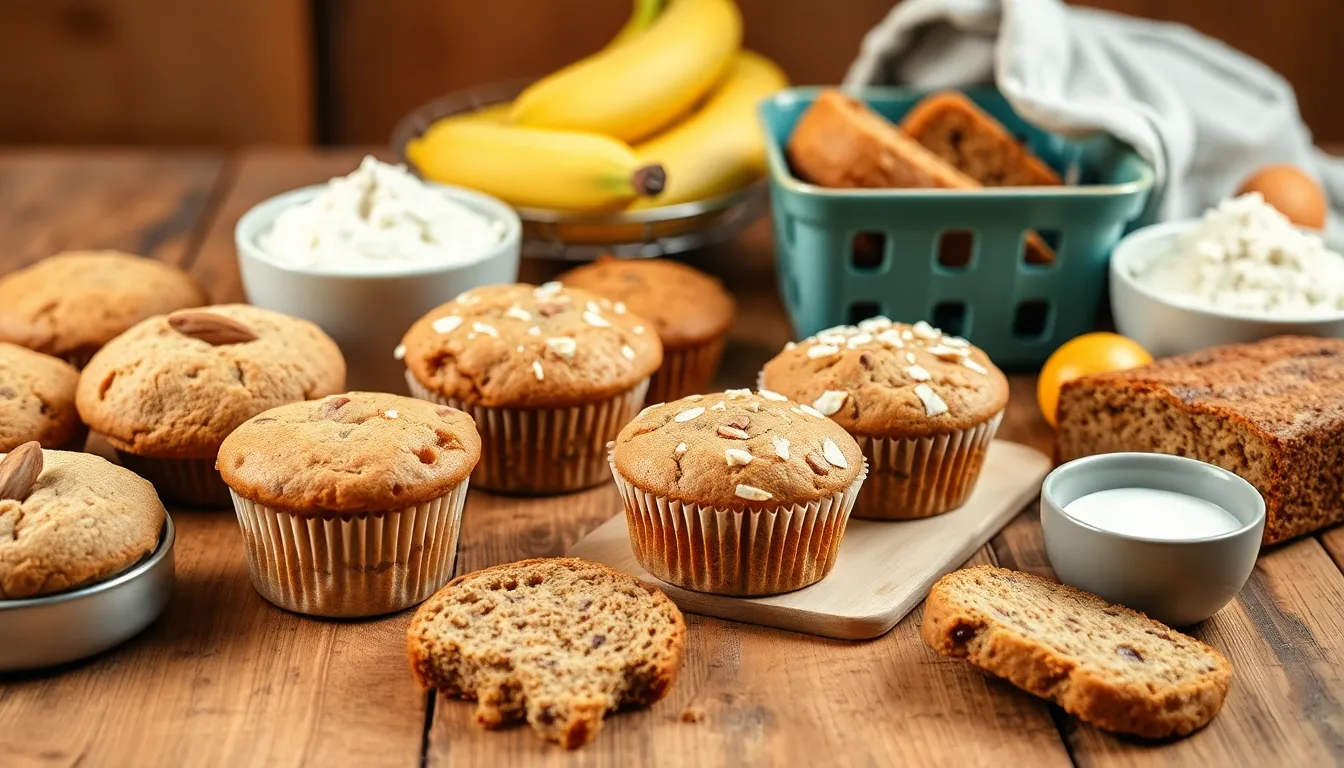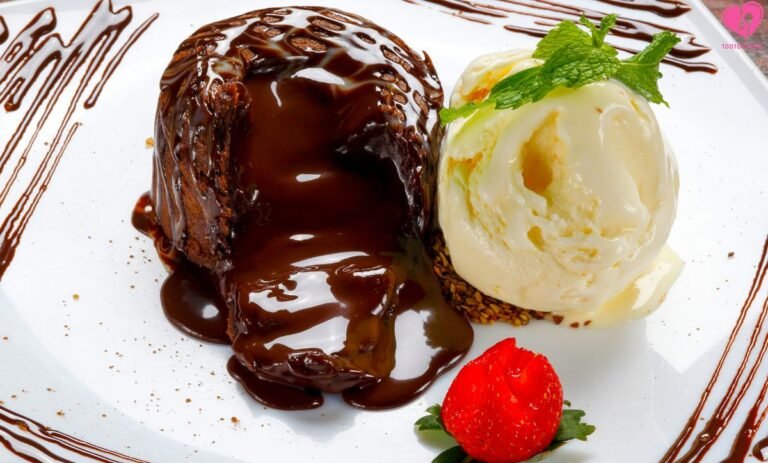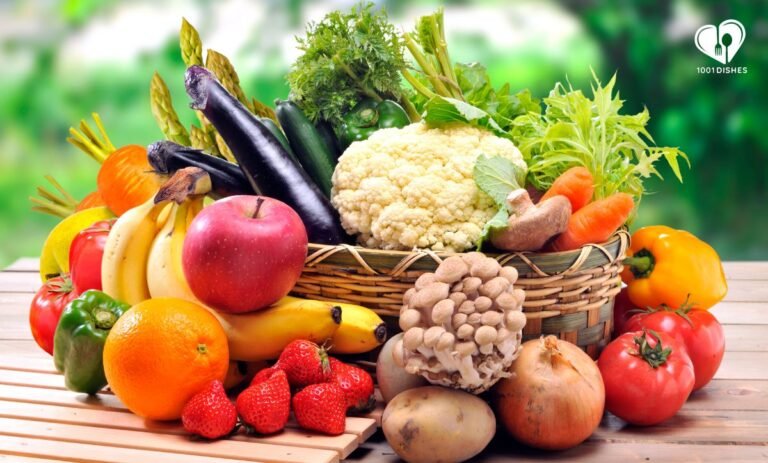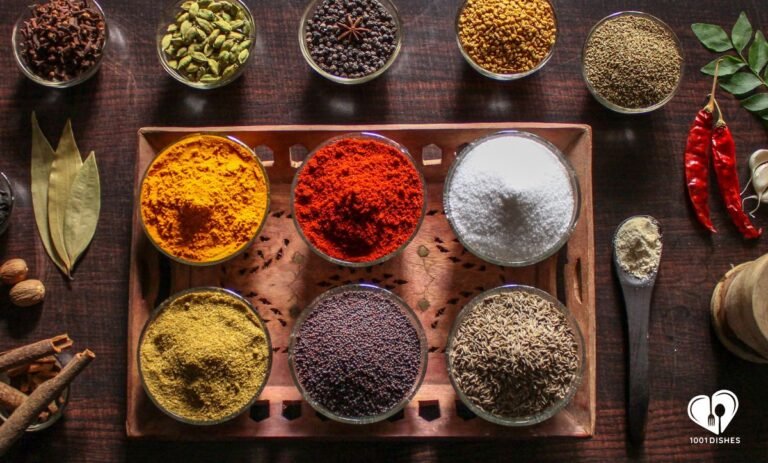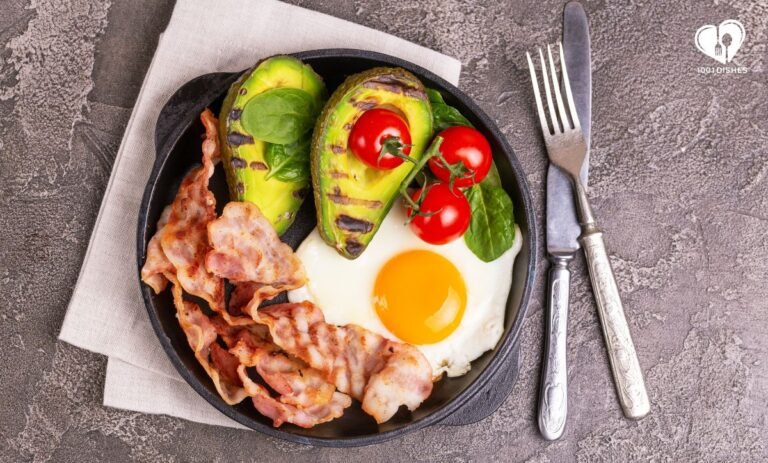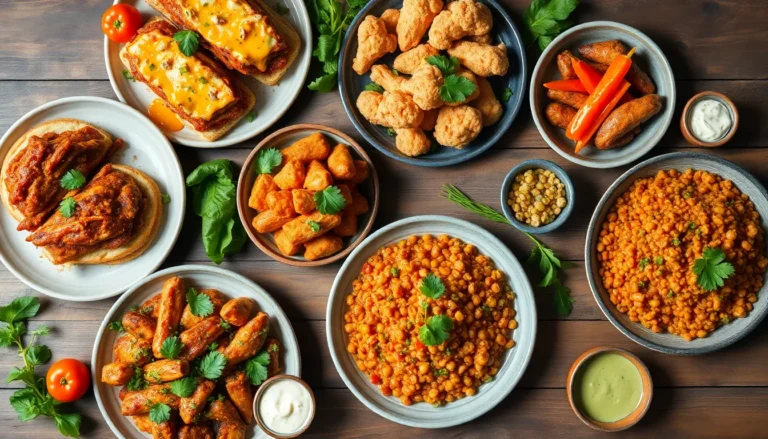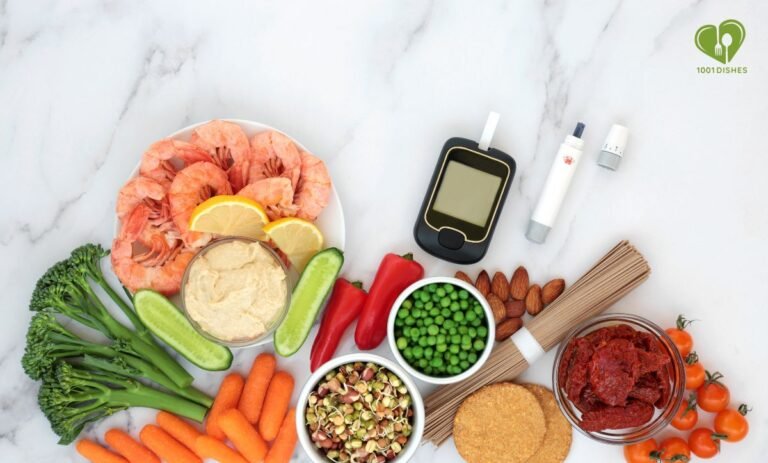Ultimate Guide to Gluten-Free Baking: Tips, Tricks, and Recipes
Baking gluten-free may seem intimidating at first, but with the right techniques and ingredients, you can create delicious and fluffy baked goods that rival any traditional recipe. Whether you’re new to gluten-free baking or a seasoned pro looking for fresh ideas, this guide has you covered. We’ll explore essential tips, tricks, and a few must-try recipes to help you master gluten-free baking.
1. Understanding Gluten-Free Flours
One of the biggest challenges in gluten-free baking is substituting traditional wheat flour. Gluten provides structure, so when baking without it, you’ll need to combine different gluten-free flours to achieve the best results. Here’s a breakdown of some popular gluten-free flours and their uses:
- Almond Flour: Adds moisture and a slightly nutty flavor, great for cookies and cakes.
- Coconut Flour: Very absorbent and best used in small amounts; pairs well with moist ingredients like eggs and yogurt.
- Rice Flour: A versatile staple in gluten-free baking, perfect for cookies, bread, and pastries.
- Sorghum Flour: Mildly sweet, often used in combination with other flours to create a wheat-like texture.
- Tapioca & Potato Starch: These help create elasticity, giving a chewy texture to baked goods like bread.
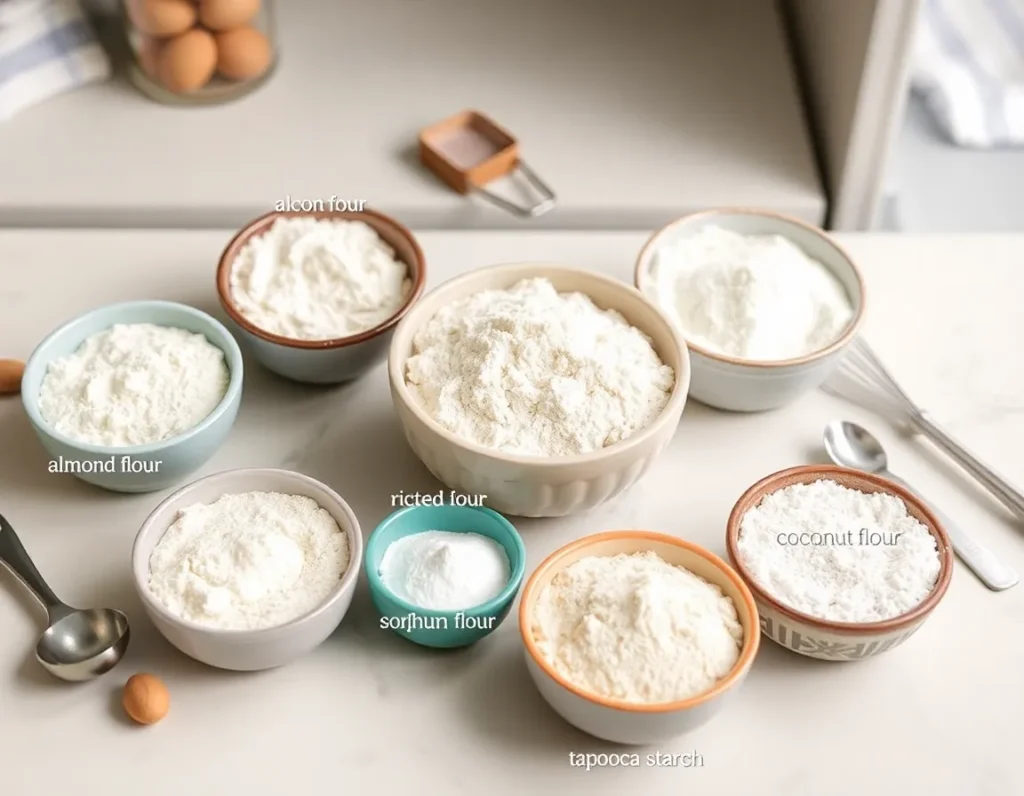
Tip: When starting out, look for pre-made gluten-free flour blends, which take the guesswork out of mixing flours.
2. Binders Are Your Best Friend
Without gluten, your baked goods may crumble. That’s where binders come in! Adding these will help improve the structure and texture of your creations.
- Xanthan Gum: A common gluten substitute that mimics the elasticity of gluten.
- Guar Gum: Another alternative to xanthan, often used in breads and pastries.
- Eggs: In some recipes, eggs act as a natural binder, providing structure and moisture.
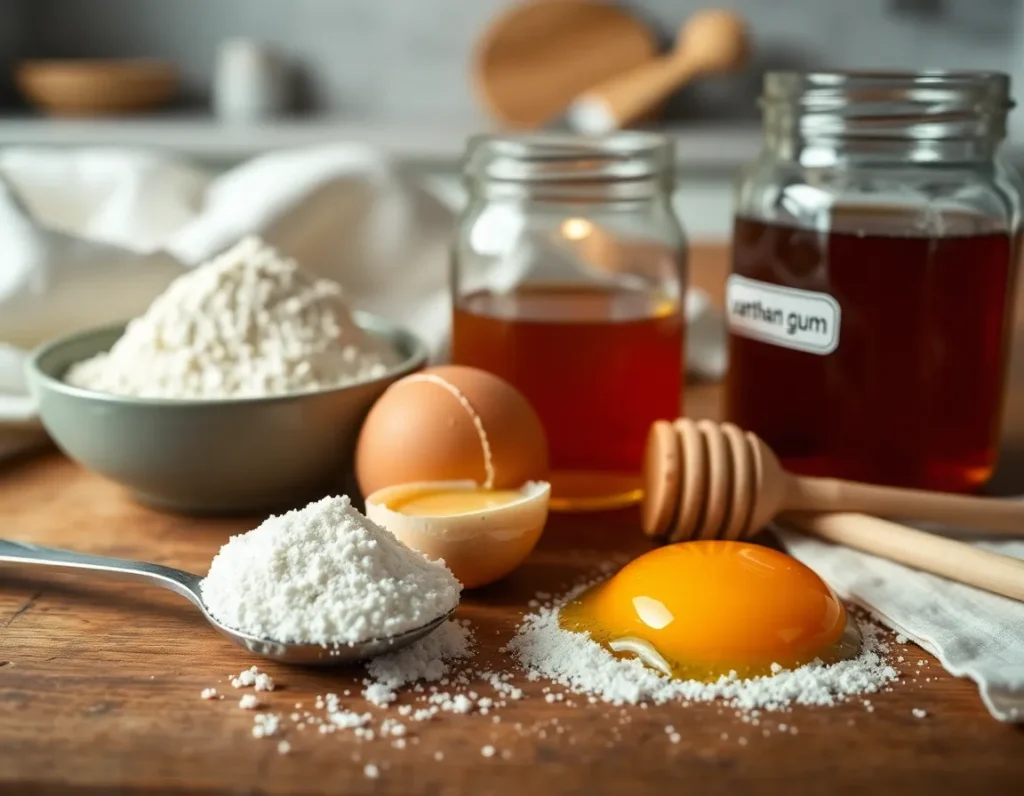
Tip: Check your gluten-free flour blend for xanthan or guar gum before adding it to your recipe. Too much can make baked goods gummy.
3. Add Moisture
Gluten-free flours often lack moisture compared to their wheat counterparts, so it’s essential to use ingredients that add moisture back in.
- Yogurt or Sour Cream: Add moisture and tenderness to cakes and muffins.
- Applesauce or Mashed Bananas: Excellent for adding natural sweetness and moisture to quick breads and cakes.
- Honey or Maple Syrup: Liquid sweeteners can keep baked goods moist while adding flavor.
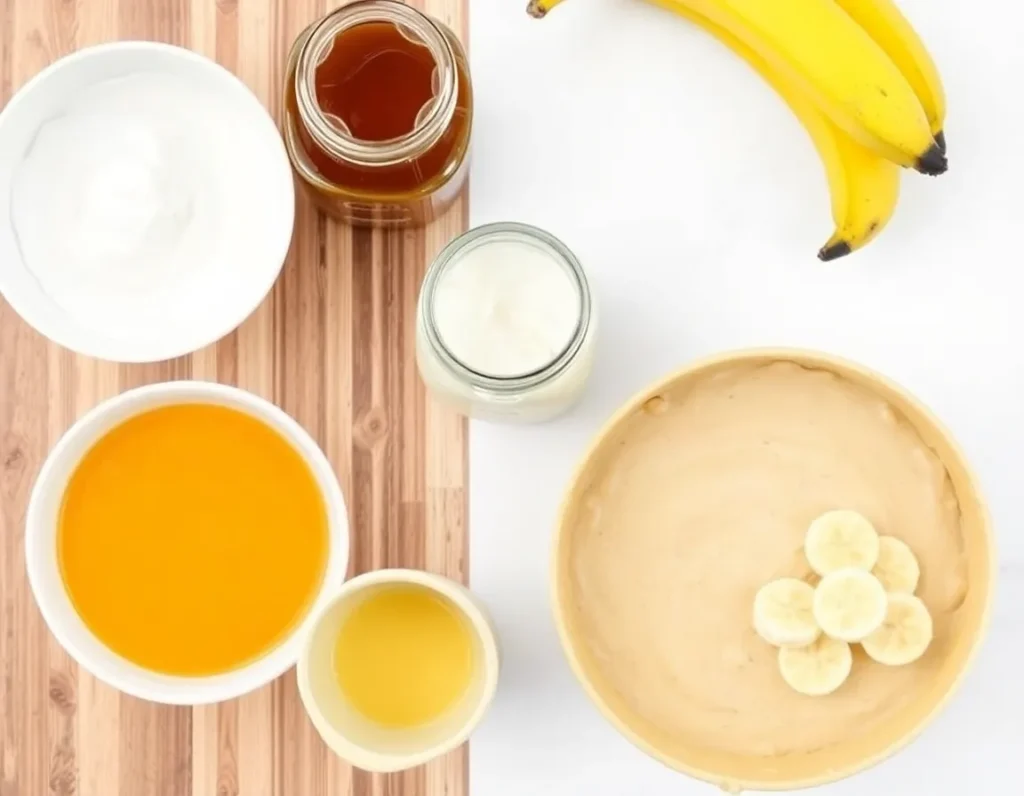
Tip: Avoid over-baking gluten-free goods, as they tend to dry out quickly. Always check them a few minutes before the recommended baking time is up.
4. Don’t Overmix the Batter
When baking with gluten-free flours, be gentle with your mixing. Overmixing can result in dense and tough baked goods.
- Mix until just combined to avoid tough textures.
- Use a folding motion when incorporating ingredients like nuts or chocolate chips.

Tip: If your dough feels too dry, adding a splash of milk or water can help bring it together without overworking the dough.
5. The Importance of Temperature
Gluten-free baked goods often benefit from a few tweaks in temperature:
- Room Temperature Ingredients: Using eggs, butter, and milk at room temperature helps them blend more smoothly, leading to lighter baked goods.
- Preheat Your Oven: Ensuring your oven is fully heated before baking is essential for gluten-free recipes, as these batters often need the exact temperature to rise properly.
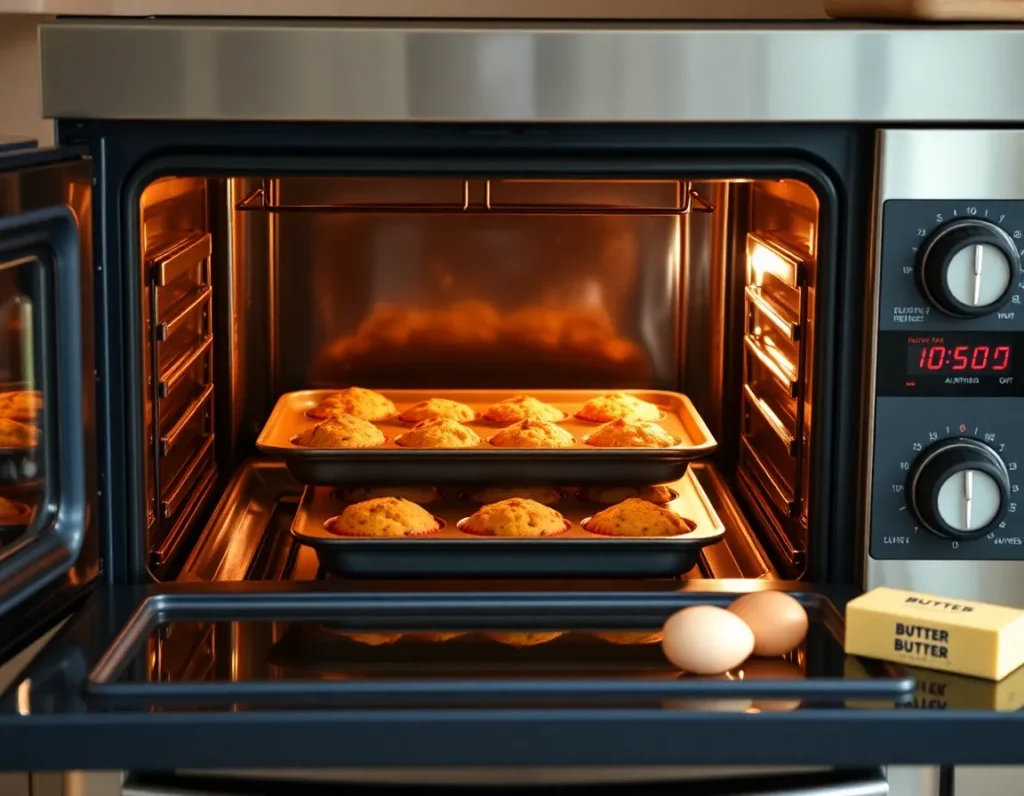
Tip: Let your baked goods cool completely before cutting or removing them from the pan. Gluten-free treats are more fragile when warm.
6. Tested & Delicious Gluten-Free Recipes
Gluten-Free Banana Bread
A classic banana bread that’s moist, tender, and filled with the comforting flavors of cinnamon and ripe bananas.
Ingredients:
- 2 cups gluten-free flour blend
- 1 tsp baking soda
- 1 tsp cinnamon
- 1/2 tsp xanthan gum (if not in flour blend)
- 3 ripe bananas, mashed
- 2 large eggs
- 1/2 cup melted butter or coconut oil
- 1/4 cup honey or maple syrup
- 1 tsp vanilla extract
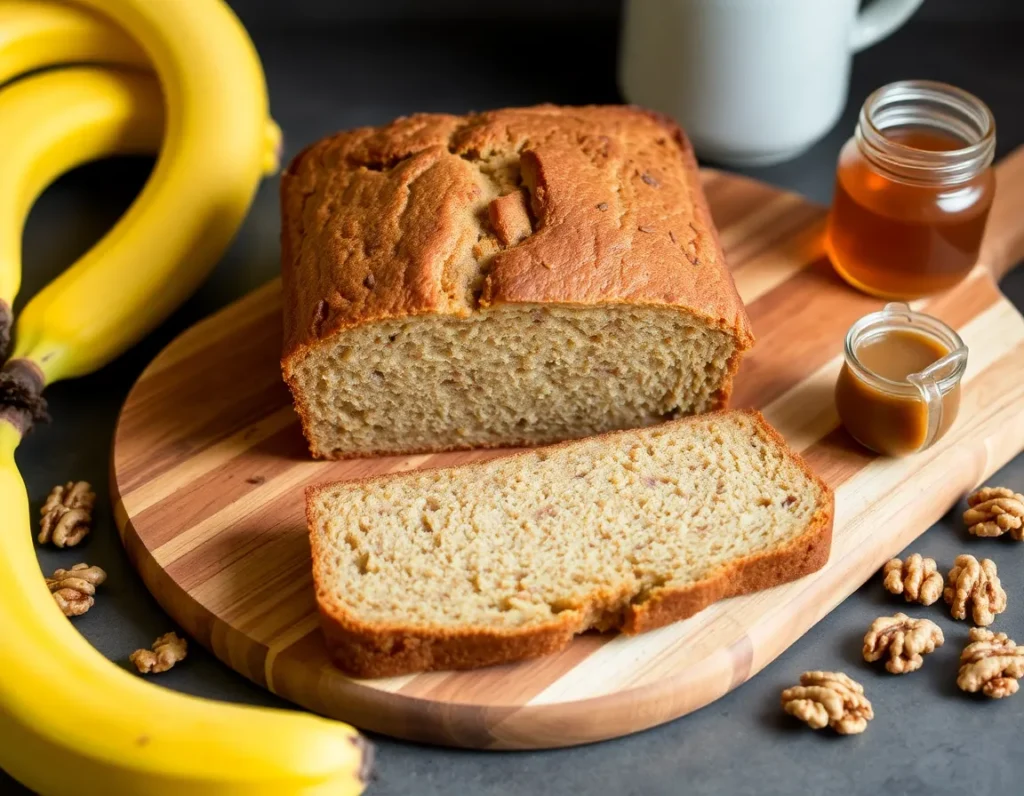
Instructions:
- Preheat your oven to 350°F (175°C). Grease a loaf pan.
- In a large bowl, whisk together the gluten-free flour, baking soda, cinnamon, and xanthan gum.
- In a separate bowl, mash the bananas, then add the eggs, melted butter, honey, and vanilla extract.
- Gradually fold the wet ingredients into the dry mixture until just combined.
- Pour the batter into the prepared pan and bake for 50–60 minutes, or until a toothpick inserted comes out clean.
- Let the bread cool in the pan before slicing.
Gluten-Free Chocolate Chip Cookies
Crispy on the edges and chewy in the center, these cookies are a gluten-free twist on a classic favorite.
Ingredients:
- 2 cups almond flour
- 1/4 cup coconut flour
- 1/2 tsp baking soda
- 1/2 cup coconut oil, melted
- 1/2 cup coconut sugar or brown sugar
- 1 large egg
- 1 tsp vanilla extract
- 1 cup gluten-free chocolate chips
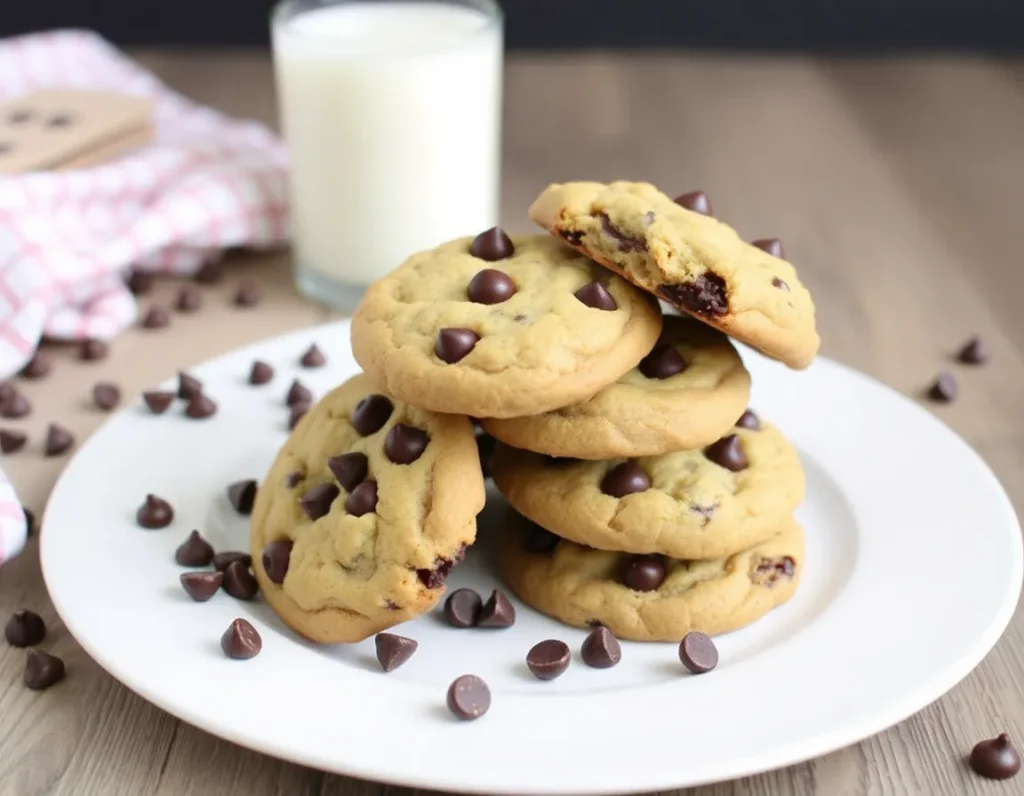
Instructions:
- Preheat your oven to 350°F (175°C). Line a baking sheet with parchment paper.
- In a bowl, mix the almond flour, coconut flour, and baking soda.
- In another bowl, combine the melted coconut oil, sugar, egg, and vanilla extract.
- Gradually mix the dry ingredients into the wet ingredients until combined. Stir in the chocolate chips.
- Drop tablespoon-sized portions of the dough onto the prepared baking sheet.
- Bake for 10–12 minutes, until the edges are golden brown.
- Let the cookies cool on the baking sheet for 5 minutes before transferring to a wire rack.
7. Storing Gluten-Free Baked Goods
Gluten-free baked goods tend to dry out faster than those made with wheat flour, so proper storage is essential.
- Refrigerate or Freeze: Store items like bread, muffins, and cakes in an airtight container in the refrigerator for up to a week, or freeze them for longer storage.
- Moisture: Consider wrapping baked goods in foil or placing a piece of parchment paper between layers to retain moisture.
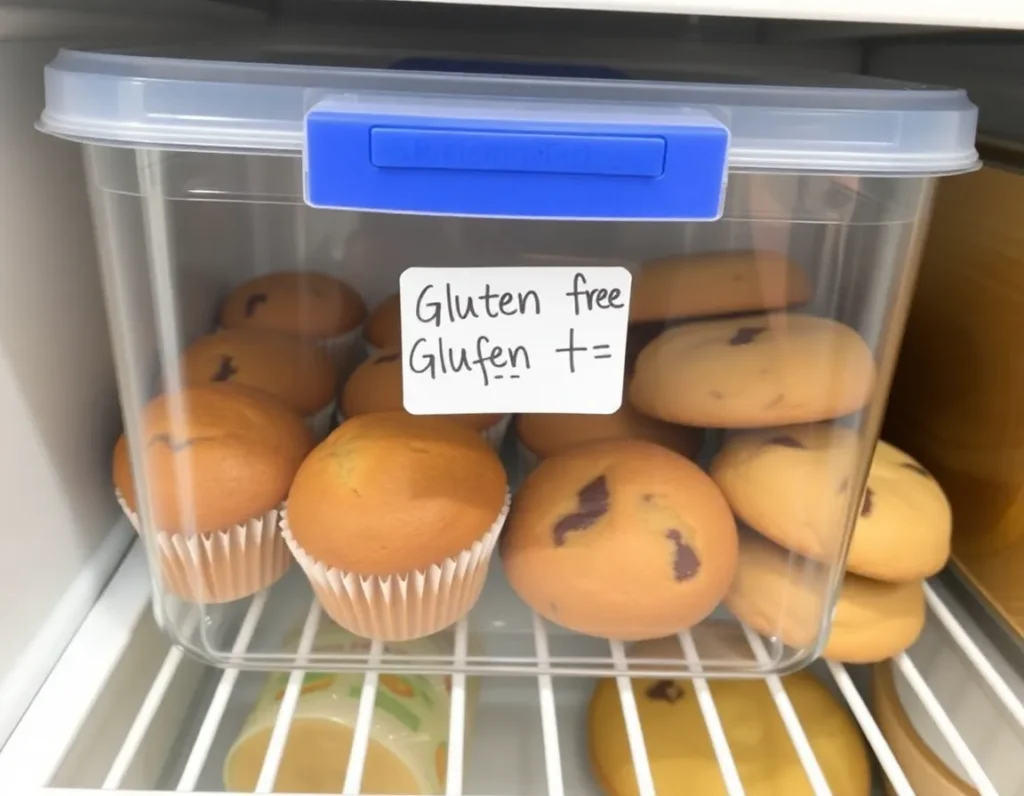
Tip: Reheat frozen gluten-free treats in the microwave for a few seconds to revive their fresh-baked texture.
Final Thoughts
Gluten-free baking doesn’t have to be a challenge. With a little know-how and the right ingredients, you can create mouth-watering treats that everyone will love, whether they’re gluten-intolerant or not. By mastering these tips, tricks, and must-try recipes, you’ll be well on your way to baking gluten-free with confidence!

